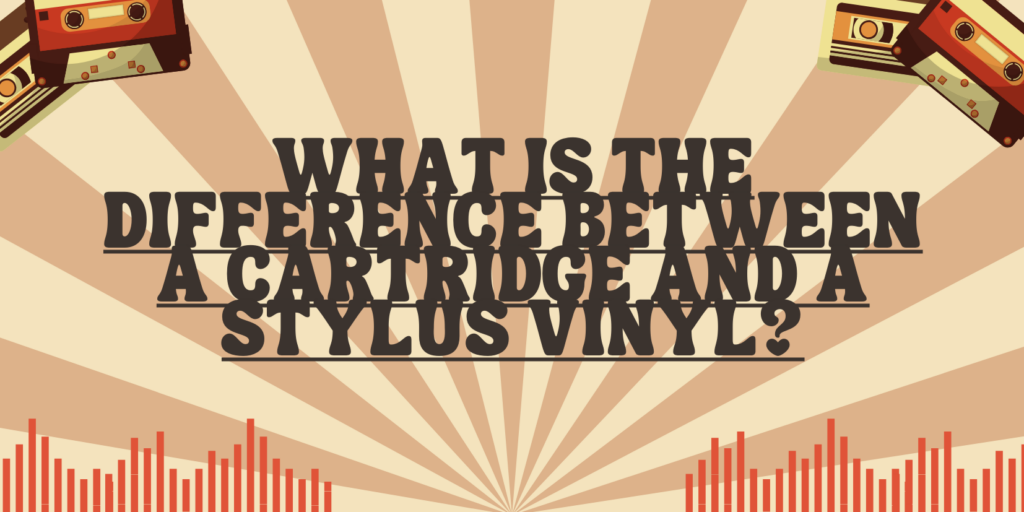Vinyl records have staged a remarkable comeback, attracting music enthusiasts with their warm, analog sound. If you’re new to the world of vinyl, you might be puzzled by terms like “cartridge” and “stylus.” In this article, we will explore the key differences between these two crucial components of a vinyl turntable and why they are essential to the overall listening experience.
The Stylus: The Needle That Touches the Grooves
- The Basics: The stylus, often referred to as the needle, is the tiny, diamond-tipped component of the turntable’s cartridge that makes direct contact with the grooves of your vinyl record. Its primary function is to trace the intricate pattern of grooves, which holds the music’s analog information.
- Transducer: The stylus is a transducer, meaning it converts the mechanical movements it encounters in the grooves into electrical signals. These electrical signals are then sent to the phono preamp or preamplifier.
- Replaceable: Styluses are replaceable and need to be periodically replaced due to wear and tear. Over time, the diamond tip can become worn, leading to a decline in audio quality and potential damage to your vinyl records.
- Upgrade Potential: Stylus upgrades are common and can significantly improve sound quality. Audiophiles often opt for high-quality styluses to enhance their listening experience.
The Cartridge: The Heart of the Turntable
- Houses the Stylus: The cartridge is the component that houses the stylus. It’s a self-contained unit that includes the stylus, cantilever, and the cartridge body.
- Transducer and More: While the stylus is a transducer, the cartridge is a transducer and an electrical generator. It is responsible for converting the mechanical movements detected by the stylus into electrical signals, ultimately creating the sound you hear.
- Sound Characteristics: Cartridges play a significant role in determining the sound characteristics of your vinyl playback. Different cartridges have different designs and materials, leading to varying tonal qualities.
- Replaceable but Less Frequent: Cartridge replacements are less frequent than stylus replacements. They are usually considered when upgrading or if the cartridge is damaged.
Key Differences
- Replaceability: Styluses are generally replaceable and require more frequent replacement due to wear, while cartridges are typically replaced less often.
- Tonal Influence: Cartridges have a more significant impact on the tonal characteristics of your vinyl playback due to their design and materials, while styluses primarily affect tracking and overall quality.
- Upgrade Potential: Both stylus and cartridge upgrades are possible, but upgrading the cartridge can result in more substantial improvements in sound quality.
- Cost: Replacing a stylus is often more budget-friendly than changing the entire cartridge assembly.
Conclusion
In the world of vinyl records, the stylus and cartridge are two essential components that work together to bring your favorite music to life. The stylus, with its diamond tip, directly contacts the grooves, translating the analog information into electrical signals. The cartridge houses the stylus and plays a vital role in determining the overall tonal characteristics and sound quality.
Understanding the difference between these two components can help you maintain your turntable properly and make informed decisions when it comes to upgrades or replacements. Whether you’re a casual listener or a dedicated audiophile, the synergy between the stylus and cartridge is fundamental to your vinyl listening experience, defining the warmth and richness that vinyl records are known for.

